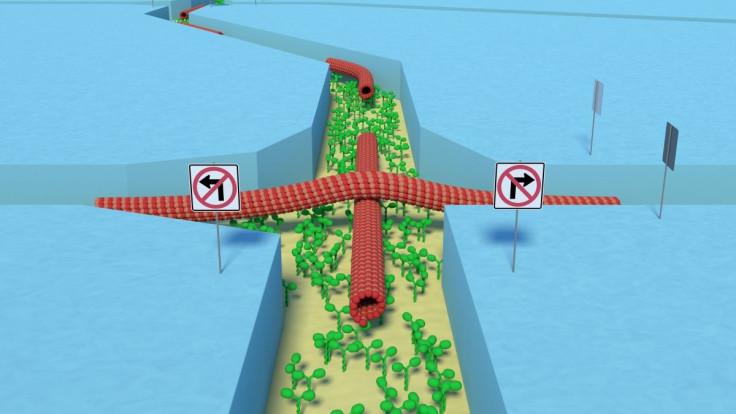Energy-Efficient ‘Biocomputer’ Provides Viable Alternative To Quantum Computers

A team of international scientists from Canada, the U.K., Germany, the Netherlands and Sweden announced Friday that they had developed a model biological supercomputer capable of solving complex mathematical problems using far less energy than standard electronic supercomputers. The model “biocomputer,” which is roughly the size of a book, is powered by Adenosine triphosphate (ATP) — dubbed the “molecular unit of currency.”
According to description of the device, published in the Proceedings of the National Academy of Sciences, the biocomputer uses proteins present in all living cells to function. It uses a strategy similar to that of quantum computers, which use qubits — the quantum computing equivalents of bits — to perform “parallel computation,” wherein computers are able to process information quickly and accurately by performing several calculations simultaneously, rather than sequentially.
In the case of the biocomputer, the qubits are replaced with short strings of proteins — powered by ATP — working in parallel. As the researchers involved in the study explain, the circuit of the biocomputer “looks a bit like a road map of a busy and very organized city as seen from a plane.”
“In simple terms, it involves the building of a labyrinth of nano-based channels that have specific traffic regulations for protein filaments. The solution in the labyrinth corresponds to the answer of a mathematical question, and many molecules can find their way through the labyrinth at the same time,” Heiner Linke, director of nanoscience at Lund University in Sweden, said in a statement. “The fact that molecules are very cheap and that we have now shown the biocomputer’s calculations work leads me to believe that biocomputers have the prerequisites for practical use within ten years.”
According to the researchers, the biocomputer would require less than one percent of the energy consumed by an electronic transistor, making them much more sustainable than electronic supercomputers, which often require their own power plant to function.
“It’s hard to say how soon it will be before we see a full scale bio super-computer. One option for dealing with larger and more complex problems may be to combine our device with a conventional computer to form a hybrid device,” Dan Nicolau from the department of bioengineering at Canada’s McGill University said in a statement. “Right now we’re working on a variety of ways to push the research further.”
© Copyright IBTimes 2024. All rights reserved.





















